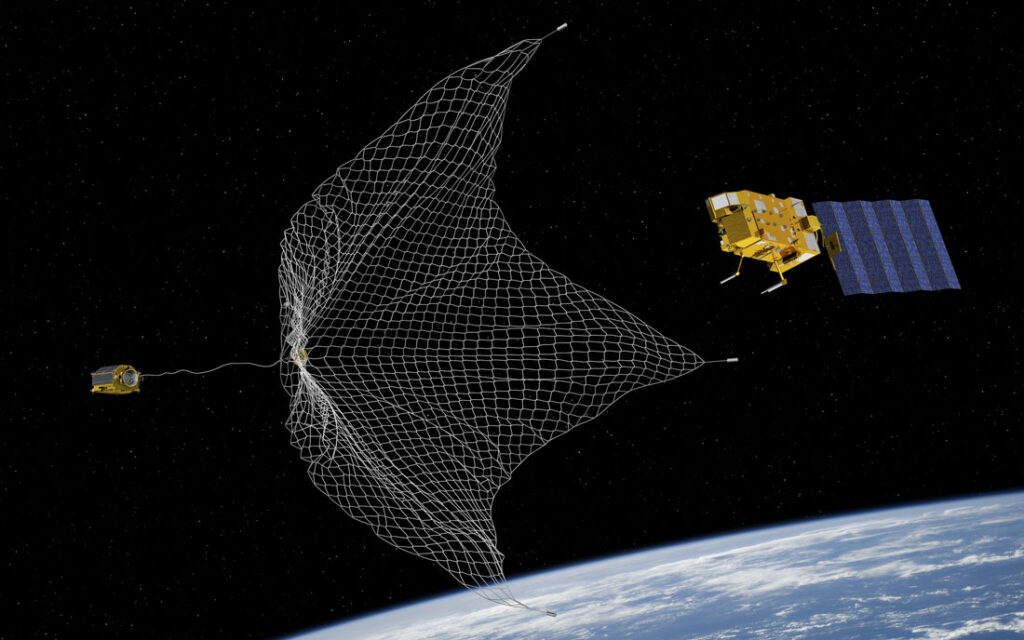Space Sweepers


The removal of space debris could also take place through collaboration between international agencies and private companies dedicated to designing satellites known as: Space Sweepers.
The removal of space debris, therefore, could also become a business. An example is provided by the collaboration between ESA (European Space Agency, an intergovernmental organisation created in 1975 and based in France) and ClearSpace SA, a Swiss start-up.
The project consists of a real “space sweeper service” using tools (satellites) that include “state-of-the-art technology” with guidance, navigation and control systems integrated with Artificial Intelligence. The space sweepers are able to approach the target object in complete safety and total autonomy with the aim of capturing, by means of special nets and mechanical arms, large satellites that are no longer operational because they have been abandoned for years.
Need for legislation capable of coordinating and managing future space activities to reduce pollution in earth orbit
The Outer Space Treaty, opened for signature on 27 January 1967 by the three depository governments (the United Kingdom, the United States and the Soviet Union) and entered into force on 10 October 1967 with 27 signatories, still represents “the basis of all space law”. The Treaty states that all countries are “responsible for damage caused by their space objects” and “commit themselves to avoid contamination of space and celestial bodies”.
Most of the acceding countries believe that the Treaty has become obsolete and call for a rapid revision. Other states, however, argue that the revision needs more time and agree that the best approach is to focus on existing national laws by “readjusting” them to existing agreements and regulations.
During a recent event (20 July 2021) held online and hosted by the American Institute of Aeronautics and Astronautics, it emerged that space sustainability has become a common goal. In order to avoid individual legislative autonomy on the part of the treaty states, the countries involved in the project decided to standardise existing regulations. The recent deployment of Starlink (consisting of a satellite constellation) showed that the “guidelines” for launching and operating satellites in space are still insufficient.
Private sector operators and government agencies pursue the same goals, i.e. they want a sound space economy and a safer “operating environment”. The desirable hope is that federal agencies, academia, non-governmental organisations and the space industry will join together to “define a common set of standards” and “keep the space junk problem to a minimum” for the safety of the Planet and the prosperity of mankind itself.
Explore NASA’s interactive Space-Junk map showing the current situation.
